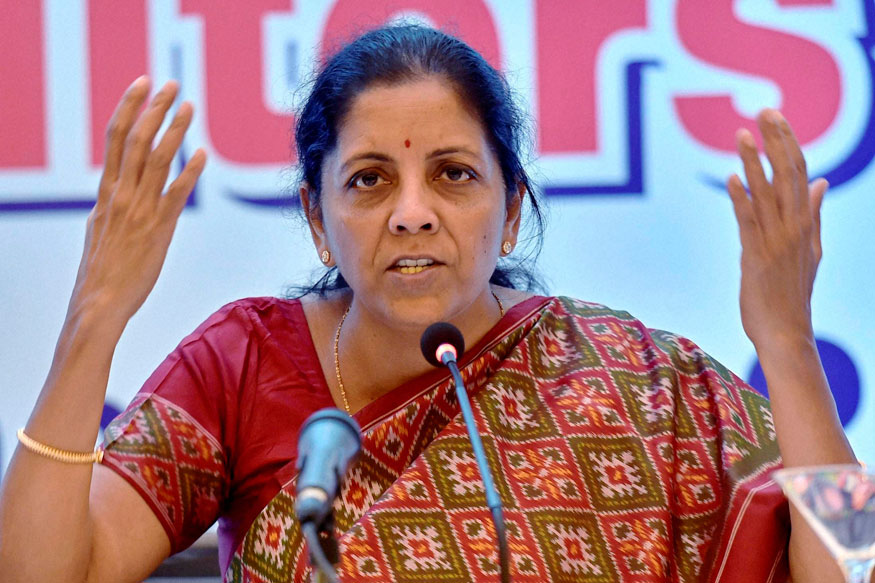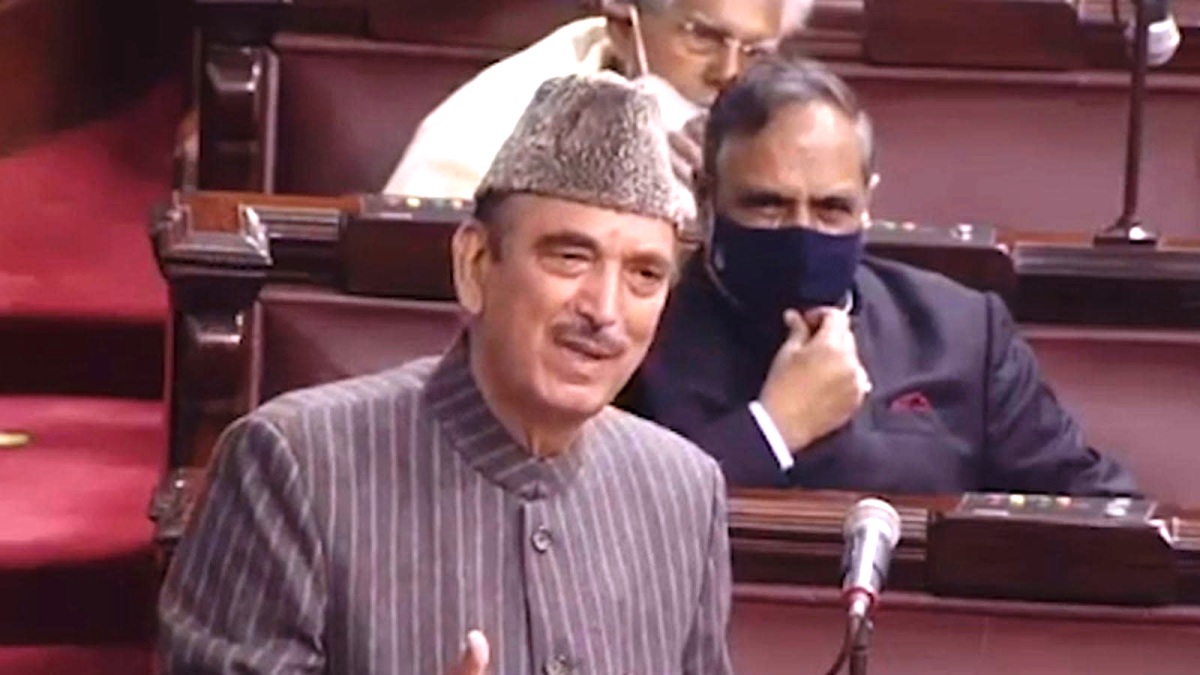to discourage the use of water bottles in the Yatra area. The aim should be to provide a viable alternative to plastic water bottles in due course.
The SASB could also consider introducing a “deposit amount” scheme under which the deposit is returnable when the beverage bottle is brought back to the disposal site.
c) Pictorial signage (in place of the existing signage in Hindi and English) should be used at all prominent places. This would be helpful in also educating the
Yatris about the need to keep the Yatra area free from plastic materials.
d) The SASB should suitably revise the existing Terms and Conditions of the permissions given to LangarOrganisations to ensure that that no plastic material is used for serving food and beverages to the Yatris. There should be adequate monitoring of the implementation of these conditions and all cases of non-adherence must be penalised severely.
9.3.9 All biological waste should be disposed off in compost pits, which should be built in the Langar areas. The Langar Organisations must be made fully responsible for ensuring the segregation and safe disposal of wastes. Further, no Langar site should be cleared without the availability of mandatory facilities for waste segregation and disposal. SASB should
establish a suitable monitoring mechanism in this regard. The Terms and Conditions of the permission given to the Langar Organisations must be revised to include the aforesaid conditions as also a provision for the imposition of stringent penalties in the case of any default.
9.3.10 The SHPC suggests that an increased number of garbage bins, with pictorial signage for segregating bio-degradable waste from non bio-degradable ones, would further reduce littering in the Yatra area.
9.3.11 The concerned District Administrations must identify the sites and create this infrastructure expeditiously as per the Municipal Solid Waste Rules, in consultation with the SPCB.
This infrastructure is vital, not only for the Yatra, but also for the growing number of tourists and other business visitors in the larger area.
9.3.12 It must be ensured that after the dismantling of Yatra Camps and Langers, consequent to the conclusion of the Yatra, all solid waste is collected and properly disposed off by the relevant authorities. CEO, SASB, should in consultation with SPCB, put in place an appropriate monitoring mechanism in this regard.
9.3.13 The State R&B Department should urgently upgrade the road from RangaMorh to Domail so that it is able to withstand the very heavy traffic during the Yatra period and the problem of dust and mud is controlled.
9.3.14 The SPCB should conduct analytical studies every year to monitor the quality of water in Lidder and Sindh rivers and share the findings, along with actionable suggestions, with SASB and the State Government. The SPCB also needs to early upgrade its own testing facilities.
9.4 REGISTRATION, ACCESS CONTROL & SECURITY
9.4.1 The following issues were required to be examined by the SHPC
a) Registration of yatris at Jammu, Srinagar, Baltal and Panchtarni.
b) It should also consider the possibility of limited number of yatris being released from Srinagar to Baltal to ensure better management, hygiene, healthcare and betterment of the yatris, who stay their overnight.
c) Medical examination at the time of registration and on way.
d) It should be examined by SHPC in its meeting if a transparent device made of glass, fiber or any other material, which is scientifically permissible, be placed at the Cave where iron grills have been fixed as of now. The iron grills serve no required purpose. Firstly, – it obstructs the view of the yatris during darshan and secondly, they are not safe and even pass the human heat which results in early melting of the Shivalingam.
9.4.2 The SHPC makes the following recommendations vis-a-vis the issues listed above:
9.4.3. The SASB will continue to determine, from year to year, the maximum number of pilgrims to be allowed to embark on the tracks, after taking into consideration the weather condition and forecasts, track conditions, infrastructure available in the enroute Camps and at the Holy Cave (which would include the handling capacity at the Shrine), other required facilities etc. Once the required decisions have been
communicated by the CEO, SASB, the Police shall ensure that the number of pilgrims who are allowed to cross over the Access Control Gates possess valid Yatra Permits for that date and route.
9.4.4 CEO, SASB, should arrange the widest possible publicity of all registration related matters, particularly in the States from where larger numbers of pilgrims arrive.
Further, Public Interest Messages would also need to be broadcast through radio, television and print media, particularly in the regional languages.
9.4.5 On-Spot registration of pilgrims at Srinagar and Base Camps of Baltal and Nunwan should be discouraged. A pilgrim seeking advance registration, in his home State, provides a useful opportunity to educate him about the difficulties involved in the journey, health related precautions, Do’s and
Don’ts, basic minimum clothing I accessories required etc.
Further, the period after registration and before commencement of the Yatra would enable the pilgrim to prepare himself suitably to proceed on a difficult pilgrimage.
9.4.6 As in the case of advance registrations, On-Spot registrations should also specify a specific date and route for the applicant to commence his journey. The pilgrim may be allowed to commence his Yatra on the same day only if the number of pilgrims registered for that particular date is below the
registration ceiling prescribed by the SASB.
9.4.7 There should be strict compliance of allowing only those pilgrims who possess valid Yatra Permits for that date and route to cross the Control Gates. To facilitate the Police personnel deployed at the Access Control Gates in determining whether the Yatri possesses a valid Yatra Permit for the given date and route the SASB may adopt colour coding of Yatra permits i.e. the Yatra Permit would be of a given colour for each day of the week.
9.4.8 Effective enforcement at the Access Control Gates would be crucial for securing satisfactory Yatra management. The District Magistrate and the District Police will be responsible for enforcing effective Access Control.
9.4.9 The pilgrims should be released in batches, reasonably spread out over a specified period in the day, to avoid any congestion on the tracks. The SHPC also suggests that SASB may consider indicating the “reporting time” on the Yatra Permits, along with the date and route of the pilgrimage.
9.4.10 The SHPC recommends that the J&K Police and Central Armed Police Forces should enlarge the provision of basic requirements like tents, bedding, toilets etc. to their personnel deployed on Yatra duty, in order to provide them better working conditions.
9.4.11 Regarding the matter related to provision of a transparent device made of glass, fiber etc, the SHPC is of the considered opinion that the SASB is the right forum to decide any issue related to the preservation of the Ice Lingam in the Shrine and taking all required steps for providing satisfactory
Darshans.
9.5 TRACK CONDITIONS
9.5.1 The following issues were required to be examined by the SHPC
a) Construction of proper passages, wide enough and with due support on both sides, for the traffic of pedestrian yatris, on horses and by palkis from Panchtarni to the Holy Cave.
b) Providing of one-way passage with separate tracks, one for pedestrians and other for horses, carriages and palkis near the Shrine.
c) The manner and methods to be adopted to attain the, above, with least damage or interference with the environment of entire zone right from Baltal to the Holy Cave from different routes.
9.5.2 The SHPC makes the following recommendations vis-a-vis the issues listed above:
9.5.3 Keeping in view the need to provide safe and smooth passage to the Yatris, particularly during the peak Yatra period, when there is acute congestion on the tracks due to simultaneous movement of pedestrian Yatris and those on ponies/ palkis in the limited space that is available, and also keeping in view the environmental concerns, the Committee recommends that the following works should be approved and taken up for
implementation on a fast track basis:
• Improvement of critical stretches of the existing track from Baltal to Holy Cave as per the preliminary details presented in Annex. – 4, to be implemented by the State PWD, with the assistance, as may be required, from other organizations such as Border Roads Organisation (which can mobilise in the area quickly).
• Provision of one-way passage with separate tracks, one for the















